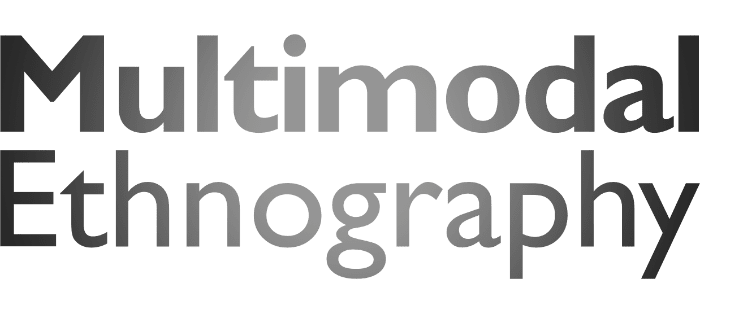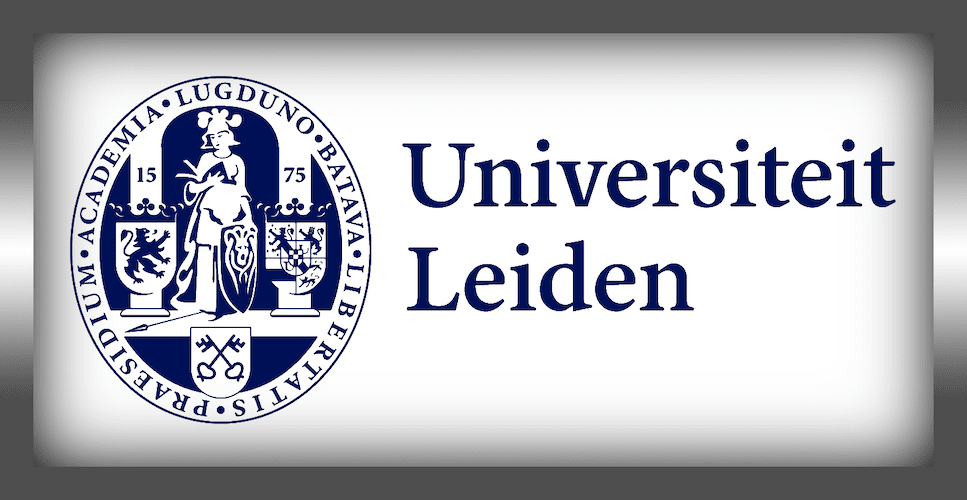* Bring a photography camera or a cellphone to make photos (note the apps in preparation page)
In this unit we shift our focus to photography. The composition of your shots will be crucial for conveying relationships between people, objects, and spaces. The tutorial will guide students through a series of exercises that encourages them to explore the photographic frame and the significance of different compositions. These will help students record an impression of material culture and non-verbal interactions that will prepare them for their field studies.
In-Class / Field-trip Exercises
- Stadsfotograaf Leiden exhibition (meet at Oude UB – Rapenburg 70)
- In pairs pick one photographer’s display and study the work closely
- Analyze the photos according to Michael Freeman’s criteria:
- Are they skillfully put together (focus, exposure, and composition)
- Do they provoke a reaction (unique)
- Do they offer a layered experience (multiple elements)
- Do they show representational awareness (precedents)
- Do they contain an idea (depth of thought)
- Generate discussion points to learn more (see also this blog):
- What details about the research production context would you want to know from the photographer-researcher?
- How do you think they gained access to these subjects?
- What sort of restrictions do yo think played a role in how these series were made?
- Photo making (conducted exercises in Leiden)
- Ten elements: Explore the expressive qualities of the image. Try restricting yourself to one location.
- Light & Shadow
- Lines
- Shape, Form
- Negative space
- Size
- Color (WB)
- Pattern
- Texture
- Tonality
- Noise
- Motion blur
- Depth of Field
- Ten of One: Make 10 unique shots of 1 discrete subject, changing camera angle, position, perspective, etc.
- Four Corners: Choose one subject and photograph it in context, including relevant background. Make photos from each corner of the frame for 4 images. You must change camera-position.
- Triad Series: Make two series that build a relationship between images through different framings approaches. Engage two different human subjects (not in our class) with you camera and make the following framing series:
- subject: face, hand(s), and an object they are using
- situation: context, whole body, detail
- Ten elements: Explore the expressive qualities of the image. Try restricting yourself to one location.
- Photo captioning: After returning to class, you will be prompted to write captions for some of your photographs (1-3 courtesy of Martin Saxer).
- Image Description: describe what is visible in the photograph
- Beyond Image: describe what is outside the frame, thus invisible in the photograph
- The Gap Between: describe what happened in the space separating 2 photos
- Series Captions: Write a single sentence for each of your triad series that describes respectively the subject and the situation.

